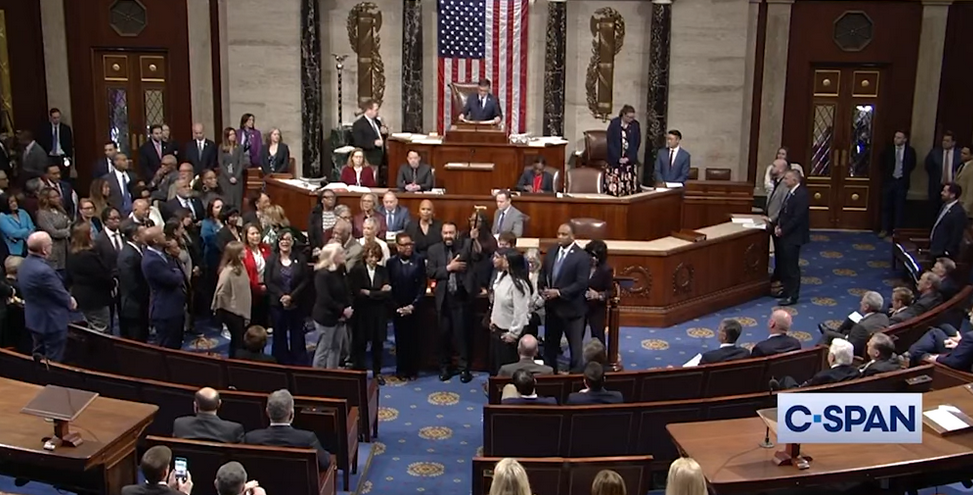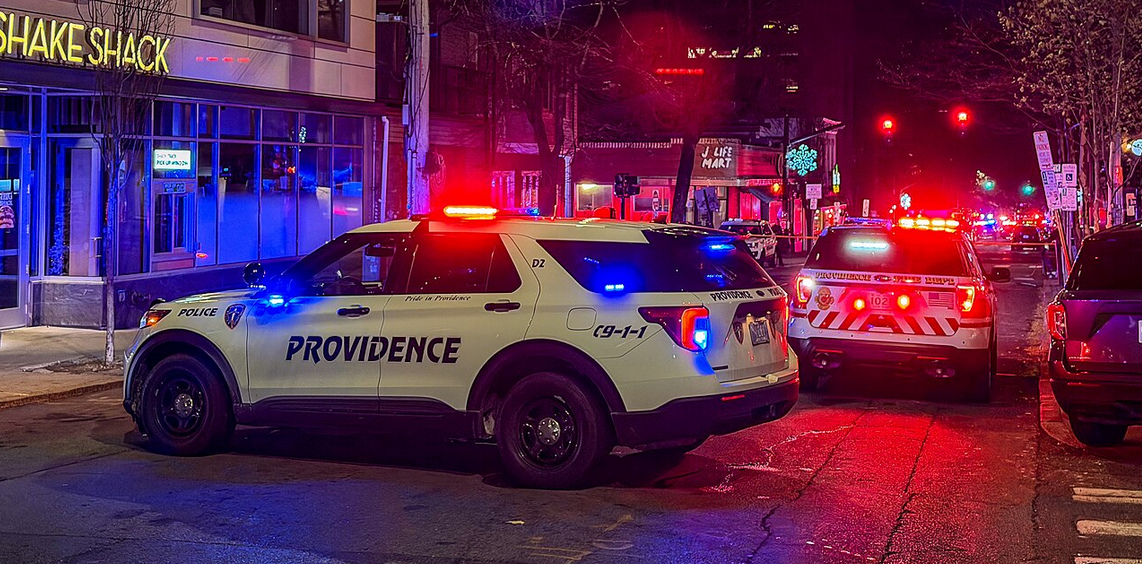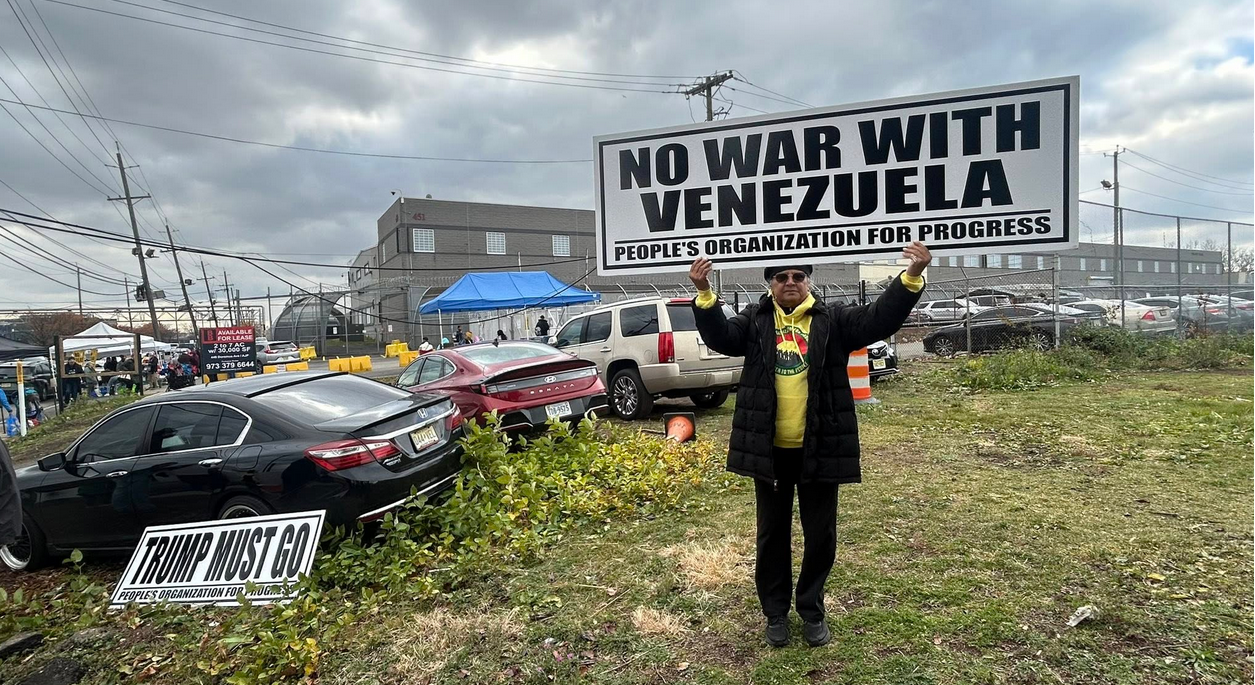Freddie Gray
[Commentary]
Freddie Gray, Eric Garner, Kajieme Powell, James Boyd, and Ethan Saylor were all killed in controversial and ultimately tragic interactions with law enforcement. Odds are the first four names are more familiar to most people, but what these individuals share in addition to the troubling ways they died might come as a surprise.
It’s not race.
All five individuals were disabled.
Freddie Gray, who died in the custody of Baltimore police was reported to have an intellectual disability due to lead poisoning. Eric Garner, died at the hands of Staten Island police, and was asthmatic. Kajieme Powell, fatally shot by the St Louis Police Department, had a history of mental illness. James Boyd, shot and killed by Albuquerque Police, also had a history of mental illness. Ethan Saylor, who had Down syndrome, died of asphyxia after an incident with off duty officers moonlighting as security guards in Frederick, MD. The medical examiner ruled Saylor’s death a homicide though no charges were filed.
“Disability is the hidden variable in so many of both the day-to-day and worst-case violent interactions between citizens and law enforcement in the United States. Looking at disability allows us to see the intersections among incidents otherwise divided by race, class, gender, weapons used, and outcomes,” said David M. Perry, who has written more words on the topic of police violence and disability than any other journalist. “If we don’t get a handle on disability issues,” Perry concludes, “we will not make meaningful headway in solving the problems of police violence and lack of trust in law enforcement in America.”
A September 2014 review of San Francisco officer-involved shootings between 2005 and 2013 by KQED found that a whopping 58 percent of people killed by law enforcement had “mental illness as a contributing factor.”
A year before the Bay area investigation, a 2013 report by the Treatment Advocacy Center and National Sheriffs’ Association estimates that half of the people shot and killed by police in the U.S. “have mental health problems.”
Much like how racial disparities in educational discipline reveal implicit biases that show how disability discrimination contributes to the School To Prison Pipeline, it is critical that we look deeply into disability issues within communities of color as they relate to law enforcement.
There’s much to do, but we can begin by addressing these factors:
· Obtain accurate and up-to-date information. Currently, those monitoring police incidents with disabled people are largely restricted to using media reports for details which are often sketchy and incomplete at best. One way to correct this is to include disability data in the Death in Custody Act and track disabilities that have been acquired while in police custody. Gaining access to information being collected identifying race and gender, while adding disability and related subcategories would go a long way toward giving us an accurate accounting of the situation.
· Non-compliance isn’t automatically criminal. If law enforcement understood that, and acted accordingly, we could minimize the occurrence of police-related violence in all communities. The issues go beyond mental health. Diabetics experiencing insulin reactions have been mistakenly perceived as threatening or intoxicated. Deaf individuals have been pepper sprayed, tasered or worse because police officers didn’t know American Sign Language.
People with cerebral palsy, which often causes speech difficulties and involuntary muscle tremors, have been inaccurately arrested for drunk driving. Some might assume mandatory CIT or Crisis Intervention Training would address these concerns, but there is precious little accountability or even agreed upon standards for assessing the long-term value of these programs. Community involvement can positively influence the CIT experience for all concerned, but to date, there remains no agreed-on standard for gauging or assessing what works.
· We need to end the use of solitary confinement as punishment and practice in detaining youth and people with disabilities. The ACLU contends that “solitary confinement can cause extreme psychological, physical, and developmental harm. For children, who are still developing and more vulnerable to irreparable harm, the risks are magnified – particularly for kids with disabilities or histories of trauma and abuse.”
The systems and structures that sustain police violence against communities of color, people with disabilities, and people of color with disabilities are the same. There’s no reason the common ground that inescapably and undeniably connects our communities shouldn’t be stronger than fear or other factors that, in the end, only support the status quo by keeping us apart.
Rebecca Cokley is the Executive Director of the National Council on Disability (NCD), an independent agency that advises the White House and Congress on national disability public policy. She joined NCD in 2013 after serving 4 years in the Obama Administration.
Lawrence Carter-Long is NCD’s Public Affairs Specialist. He previously co-authored an article with David Perry on the topic of police violence and disability for THE ATLANTIC in May 2014.
This article is part of a series on behalf of the Civil Rights Coalition on Police Reform. The coalition, convened and led by the national Lawyers’ Committee for Civil Rights Under Law, is comprised of over 30 national civil and human rights organizations, faith and community leaders working to address the nationwide epidemic of police brutality and lethal shootings, claiming the lives of Black men, women and youth; and provide necessary reforms to change the culture of policing in America.
For more information, please visit www.lawyerscommittee.org







